GUEST BLOGGER BONNIE KELSO
Children often wonder why we sleep. When you don’t understand the science behind it, sleep can seem like a giant enigma. Help students decode the mysteries of sleep by exploring the similarities and differences in how and why humans and sea animals sleep.
Read
Read Sleepy Sea (written and illustrated by Bonnie Kelso) to your students. The book is a playful exploration of sleep, touching on human sleep cycles, brain hygiene, and a short list of sea animals with interesting sleep behaviors. The author’s graphic novel-like approach to storytelling will help engage even the most reluctant readers.
Ask students the following discussion questions to further spark curiosity:
- How do you prepare to go to sleep?
- What happens when you are asleep?
- Why do you need to sleep every day?
Explore the human sleep cycle
Use the chart from the picture book as a visual aid. Explain each of the four stages in simple terms:
N1 – light sleep / feeling drowsy
N2 – deeper sleep / harder to wake up
N3 – deepest sleep / body repairs itself, immune system strengthens, waking is difficult
REM – dreaming sleep / eyes are closed and move, but the rest of the body does not move
Ask students the following questions for further discussion:
- Which part of sleep sounds the most important to you?
- Why are there different stages to the sleep cycle?
- Do you remember your dreams?
Help students compare and contrast sleep behaviors humans and dolphins by working together to draw a simple Venn diagram:
| HUMAN | BOTH | DOLPHIN |
| Both eyes closed | Need to rest | One eye open |
| Stop moving | Sleep daily | Swims while sleeping |
| Full brain sleeps | Brain rests and repairs | Half of brain sleeps |
Next, using scenes from the book, create additional Venn diagrams together comparing and contrasting any two sea animals (examples):
| PARROTFISH | BOTH | SEA OTTER |
| Creates a booger bubble | Behavior protects them | Hold hands during sleep |
| CASSIOPEA JELLYFISH | BOTH | WHALE SHARK |
| Lies upside down | Body slows down inside | Doesn’t stop swimming |
| WALRUS | BOTH | SPERM WHALE |
| Air pockets help them float | Float upright in water | Fluid in forehead helps them float |
Writing and drawing activity
Show students the prepared sea animal cards which can be downloaded and printed out here. Invite students to draw their favorite animal from the book sleeping in its special way. Ask them to write how their favorite animal sleeps and why sleeping that way helps them to survive. How is that animal’s sleep behavior similar and different from their own. They can also add labels to their drawing to help explain.
Allow time for sharing
Either have students form into small groups for sharing or volunteer to present their work to the class.
Further exploration
Ask students to create additional sea animal cards (not cited in the book) to add to the classroom’s collection. They can draw a picture of the animal or collage a photo into the picture box. Below the image they can list three sleep facts about the sea animal that they discovered in their research.
Lastly, remind students that the ocean and its inhabitants are part of Earth’s natural resources should always be respected and protected. And please warn them that if they ever find themselves diving in the ocean at night, never, ever, wake up a parrotfish sleeping in its booger bubble. It make them very grumpy.
Featured image credit: “Sleeping child” by Mujib is licensed under CC BY 2.0.
Bonnie Kelso graduated from the Rhode Island School of Design and worked as an exhibit designer for the Smithsonian Institution. She is the author and illustrator of five books for children including Sea Smiles and Nudi Gill: Poison Powerhouse of the Sea. She won the 2021 SCBWI Karen Cushman Award for her historical fiction chapter book manuscript. Bonnie is represented by Liz Nealon at Great Dog Literary. Visit her online at her website, Instagram – @bonnie.kelso, Bluesky – @bonniekelso.bsky.social and Pinterest – @bonniekelsobooks.


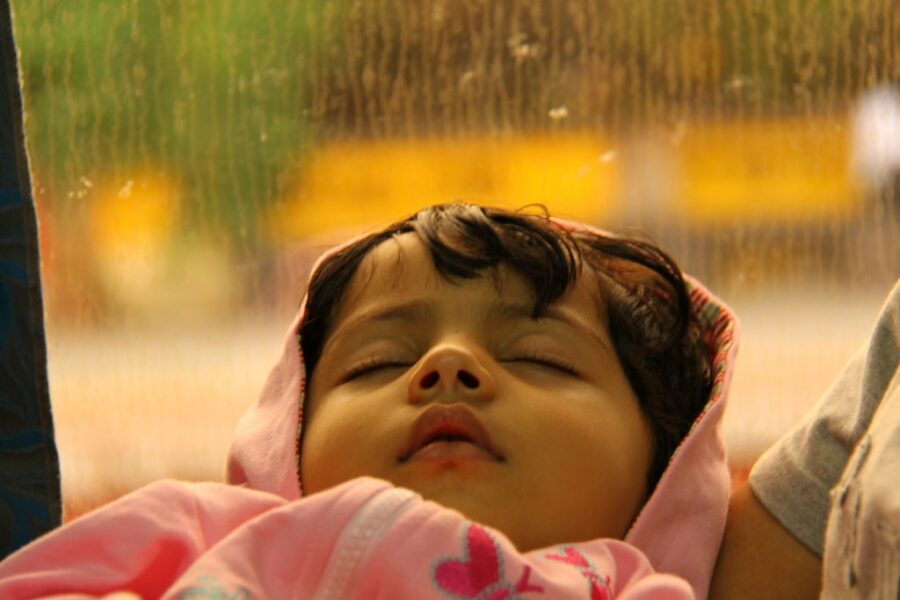


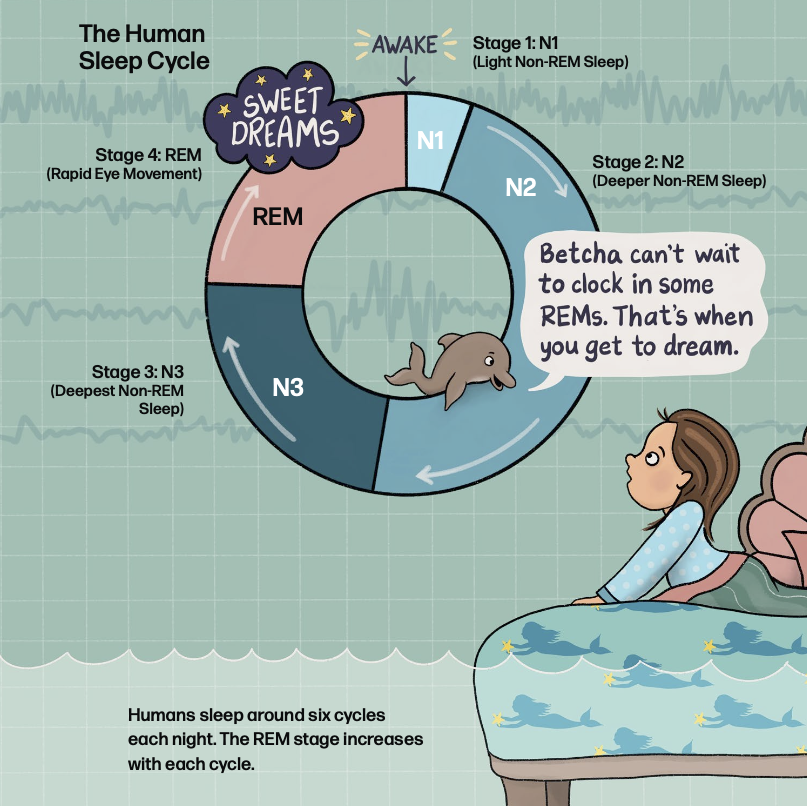
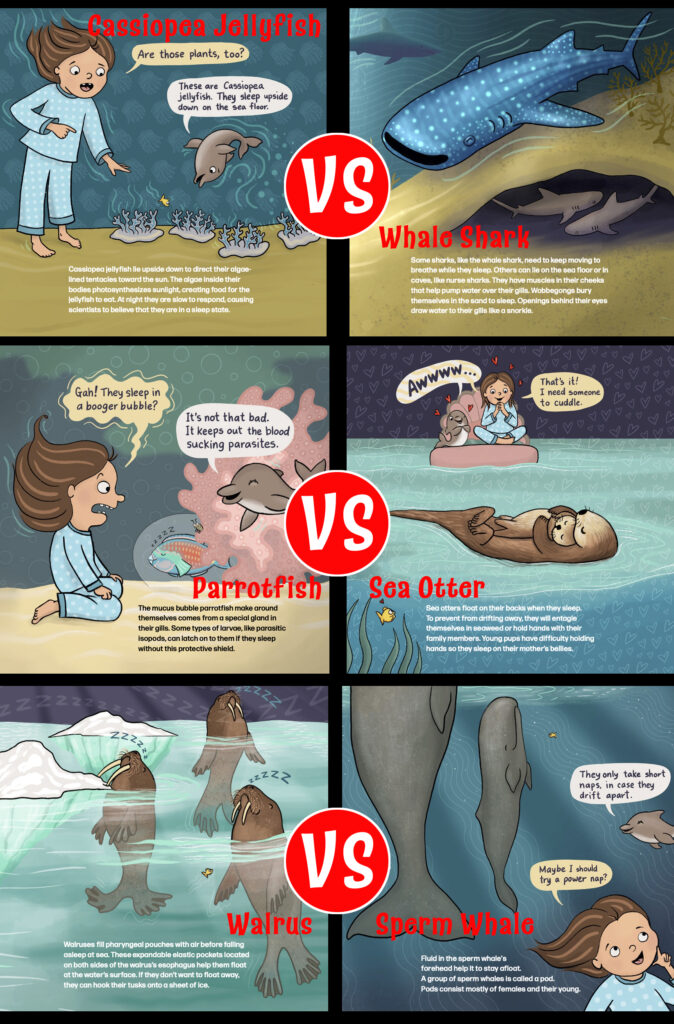
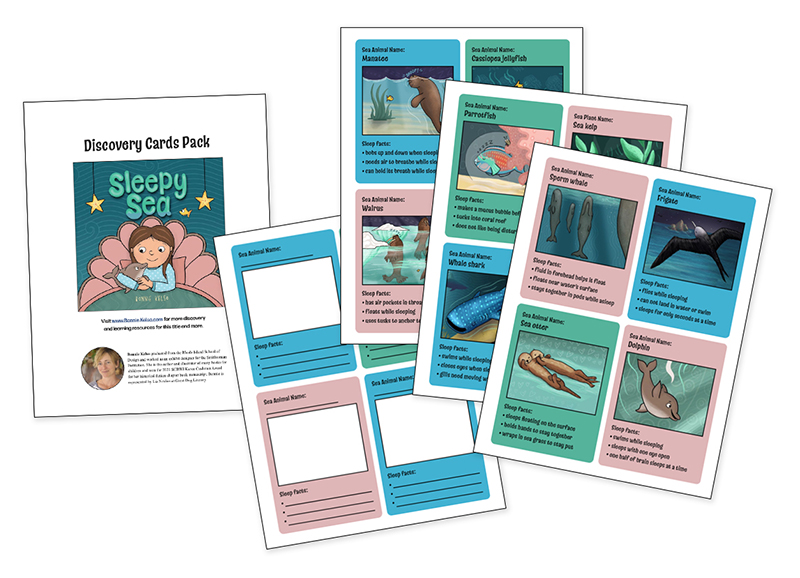
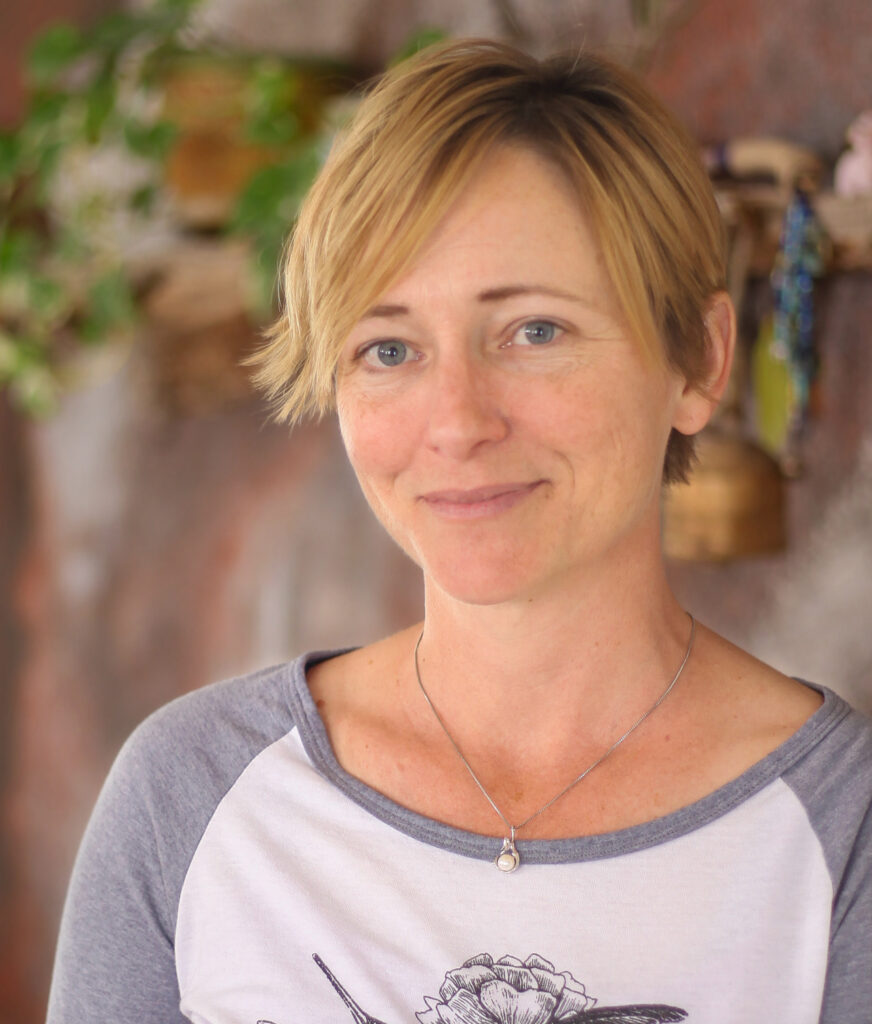


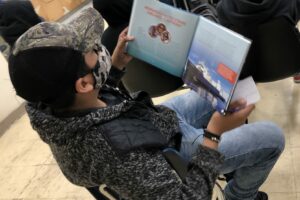
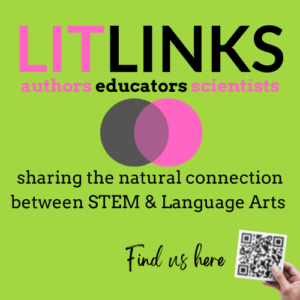
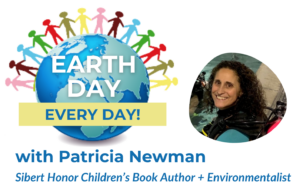
Leave a Reply
Your email is safe with me.